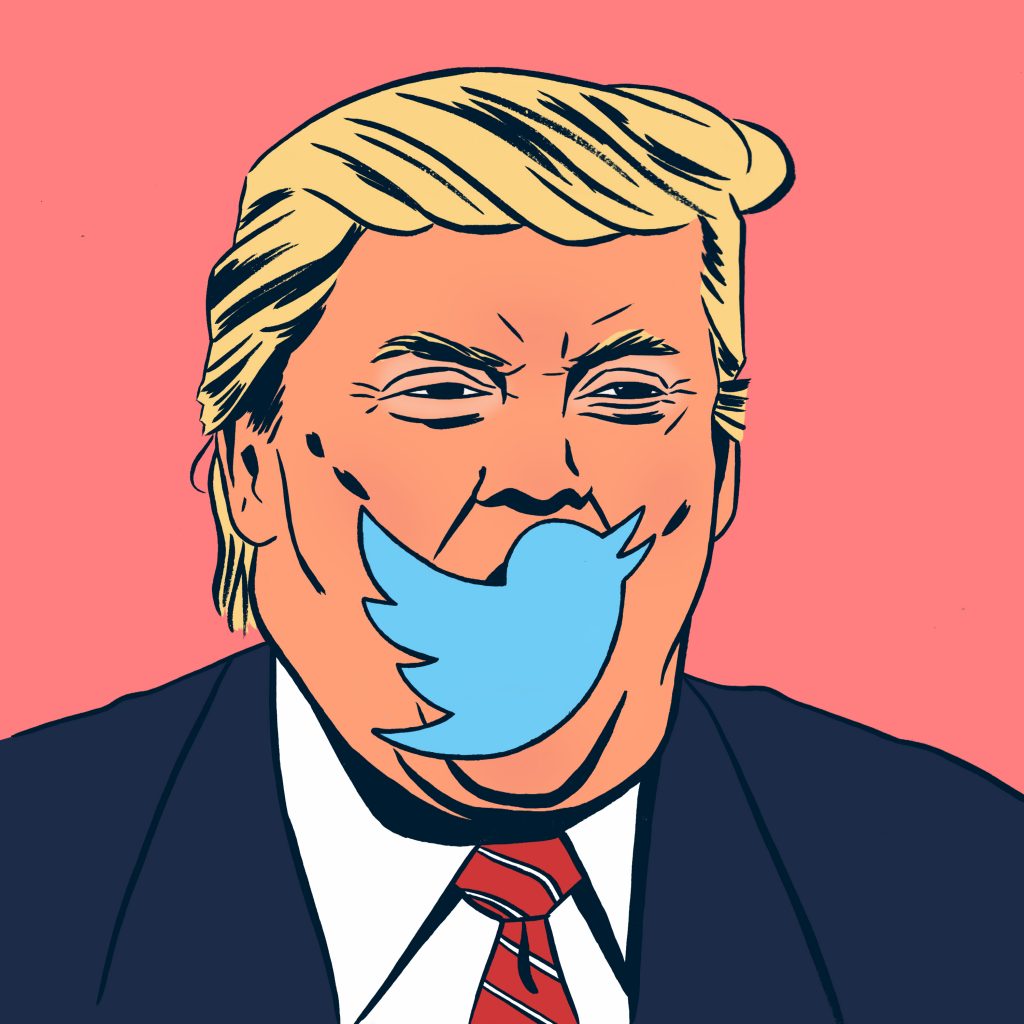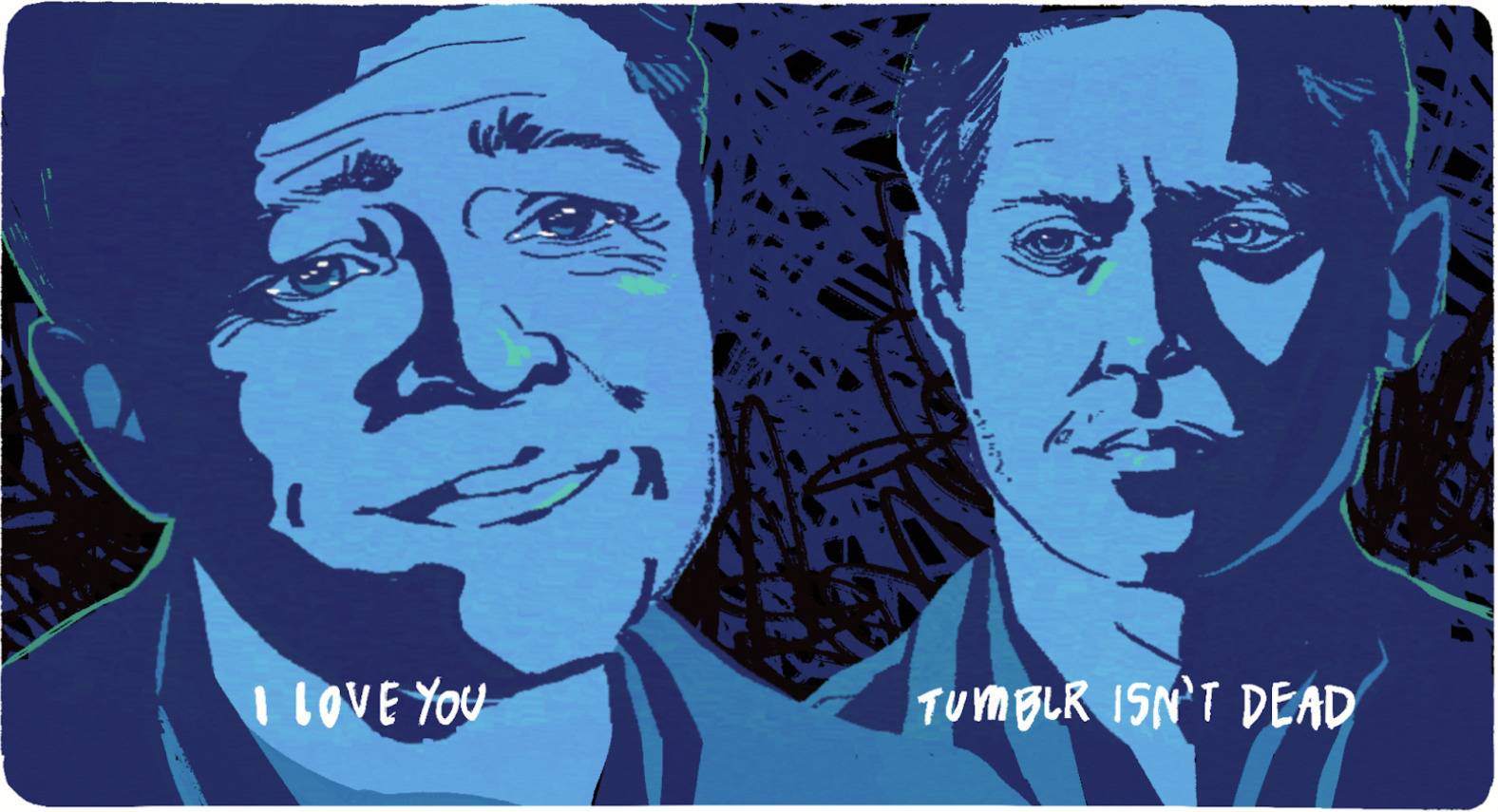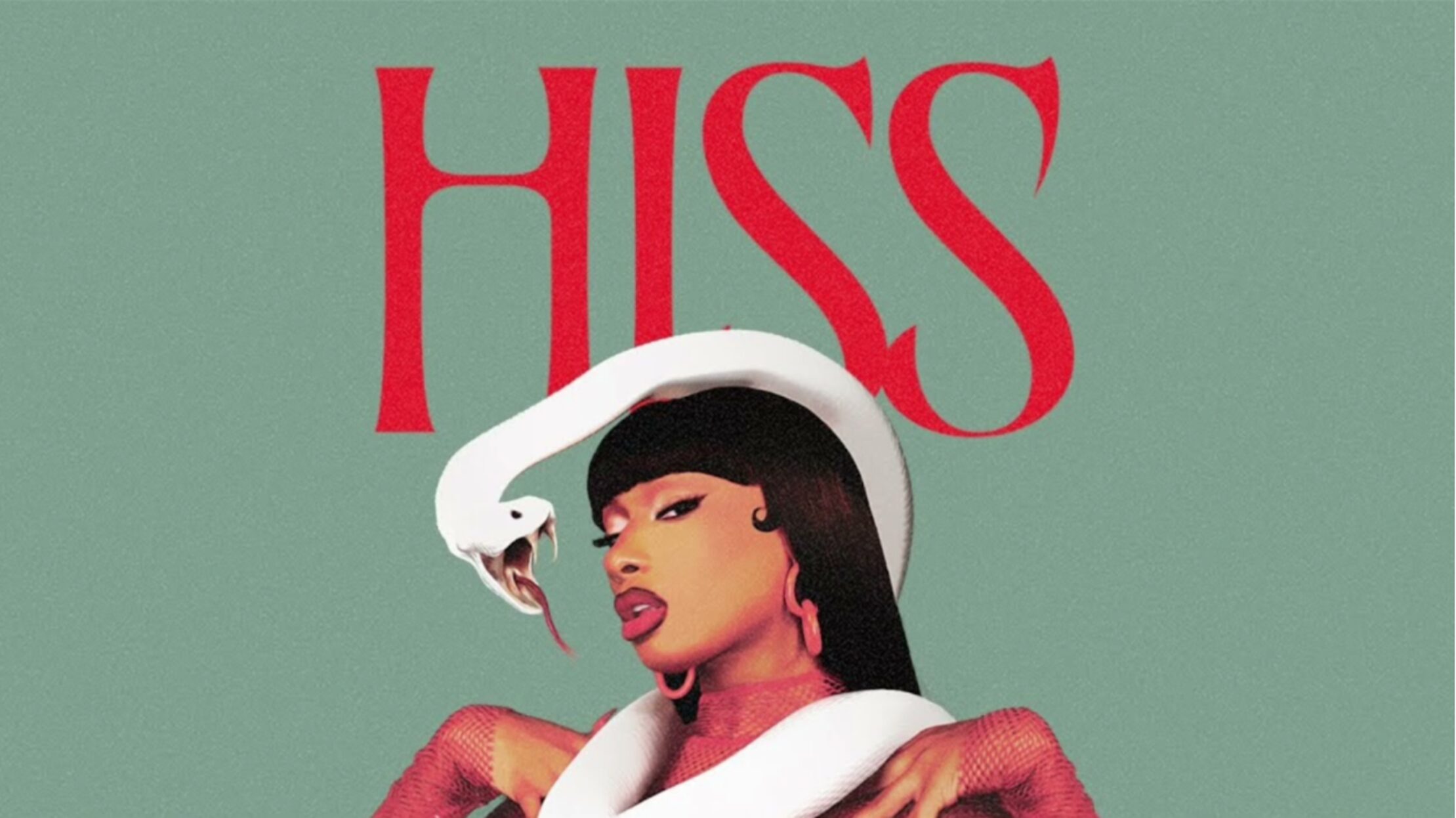
Illustration by Brian Fabry Dorsam.
“I HOPE YOU GET FUCKING RAPED U FUCKING WHORE”
That was just one of hundreds of threatening tweets received by Anita Sarkeesian between January 20 and January 26, 2015. Sarkeesian is a cultural critic famous for her video series, “Tropes vs. Women,” in which she unpacks the inherent sexism in video games and popular media. This, and this only, was apparently enough to warrant daily death and rape threats from internet strangers. But the most frightening aspect of her abuse is that the threats were not disparate. They were part of a unified, targeted attack on female media critics, called GamerGate.
GamerGate began under the auspices of critiquing “ethics in gaming journalism.” In fact, it was only ever a hatestorm of misogyny and cyberviolence aimed at women who challenged the patriarchal dominance of the gaming industry.
It started small, but soon began a meteoric rise, due in part to its public bolstering by Milo “Feminism is Cancer” Yiannopoulos, an alt-right firestarter and writer for Breitbart News.
Yiannopoulos quickly and giddily became the flag-bearer for GamerGate’s misogynist abuse and Breitbart was behind him all the way. In fact, typing “gamergate” into Breitbart’s search bar turns up a truly astonishing and pathetically obsessive 785 results.
However, after a year of relentless and organized abuse on Twitter, Reddit, and 4chan — and following Yiannopoulos’s long-overdue ban from Twitter last July — GamerGate’s hellfire seemed to have, at last, gone out.
Then president-elect Donald Trump named Breitbart chairman Stephen Bannon his senior adviser.
Bannon is an outspoken posterboy of the alt-right, a once loosely organized group of white nationalists that mainly lurked anonymously in the dark corners of 4chan and Twitter, but which has now expanded into a full-blown political movement dedicated to ridding the country of essentially everyone who is not a straight, white, cisgendered man.
As abusive and bigoted rhetoric becomes increasingly normalized by elected officials and White House staff, what will Twitter do to ensure that women, the LGBTQ community, and people of color have a safe space on their website?
That question has been partially answered.
On November 15, Twitter announced a new functionality that would allow members to block certain words and phrases from their feed. The following day, they suspended the accounts of many prominent alt-right users.
The problem with Twitter’s new word-blocking feature, however, is that it places the burden on the victims to protect themselves from their abusers, rather than stopping the abuse in the first place. Suspending alt-right accounts is a good step forward, but how far is Twitter willing to go?
Yiannopoulos has wrongly framed his ban as a violation of free speech. Twitter, being a private company and not a country, does not stand for “free speech.” They don’t have to, and it’s good that they don’t.
Free speech is not strictly guaranteed in the first place. Our rights as citizens are limited when it comes to bomb threats, incitements to riot, and hate speech, for example. Twitter has its own code of conduct that restricts violent threats, doxing, and other forms of harassment. Yiannopoulos and others have attacked Twitter for its limitations in these areas, but by allowing users to speak with absolute freedom, Twitter would implicitly condone abusive rhetoric and consequently create a safe space for those who need it least.
Twitter CEO Jack Dorsey has spoken conflictingly on the subject, stating in one paragraph, “We are not and never will be a platform that shows people only part of what’s happening or part of what’s being said,” and in the next, “As part of that, we hope […] to elevate civil discourse. And I emphasize civil discourse there. Abuse is not part of civil discourse.”
The trouble is, to create a safe space from “abuse,” Twitter has to limit “what’s being said.” They cannot have it both ways.
Without clear limitations on abusive speech, alt-right trolls and GamerGate remnants will, through sheer force of intimidation, make Twitter an unsafe space for a true majority of the site’s members. (Mainly, members who aren’t straight, white, cis-gendered, able-bodied men.)
Users have long demanded stricter regulations on abuse and Twitter can no longer punt on the issue. There are only two options: Either Twitter systematically bans bigotry, or it enables it.
Here’s the hitch: The president-elect is himself an avid Twitter user and a “verified” member of its community. He is also one of its largest trolls.
The kind of targeted, dog-whistle rhetoric used by Trump on- and off-line is precisely the same rhetoric that got Yiannopoulos banned. Yiannopoulos was careful not to say anything directly abusive on his own, but would retweet his desired targets, encouraging his followers to do his dirty work for him.
Trump, of course, has been criticized for employing similar tactics in his speeches, and continues to tweet incendiary messages so frequently that he was advised by his staff to put his thumbs on ice in the days leading up to the election.
If nothing else, Trump’s election has shown us that words matter. Hate crimes committed in Trump’s name have been reported across the country. Muslims have been beaten on the street, black churches have been burned, swastikas have been scrawled on the sides of buildings and cars.
We saw this, likewise, with Breitbart’s GamerGate coverage. Anita Sarkeesian and many other female media critics were forced to cancel speaking engagements and even flee their homes due to violent threats made on Twitter.
Of course, we know tragically well the effects of cyberbullying on suicide. In an address to the United Nations about the growing threat of cyberviolence, Phumzile Mlambo-Ngcuka said, “Dead is dead. Whether you are dead because your partner shot you or beat you up, or you killed yourself because you couldn’t bear cyber-bullying […] bottom line, we lose a life.”
As an unwitting haven for the alt-right, Twitter has become a bed for the seeds of race- and sex-based violence. Suspending a few accounts is a positive if far-too-late step, but what happens when that rhetoric of hatred and abuse is coming from the White House? What happens when the accounts that Twitter bans are retweeting @POTUS? When Donald Trump details his racist, misogynistic, xenophobic, Islamophobic, homophobic, transphobic, ableist politics in 140 characters from the Oval Office, what will Twitter do then?
If it comes to it, will Twitter ban the president?





















